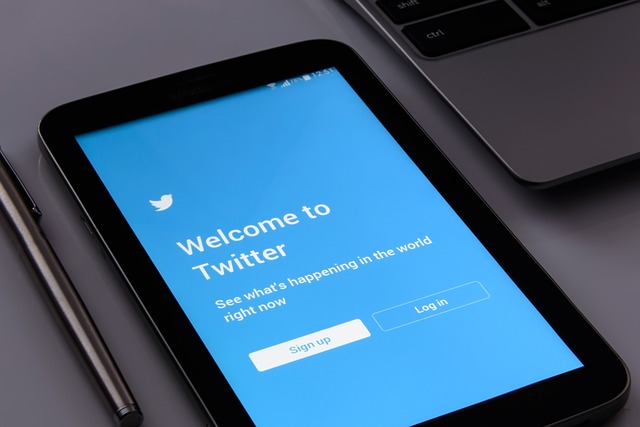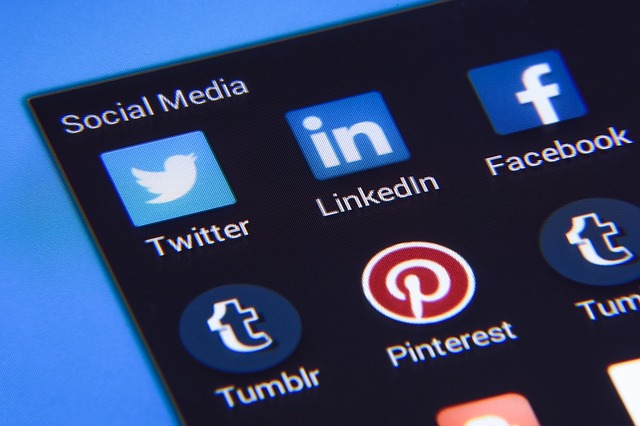in the hands of humans. Some people may be familiar with Twitter, actively use it, or have just heard about it and have nothing to do with it, let alone have to subscribe to a Twitter database. In any case, Twitter is one communication channel that should not be underestimated.
Gossip, rumors, false and fraudulent information, that is what Twitter is for. Recently, an expert investigation at the Massachusetts Institute of Technology (MIT) in Massachusetts, USA, found that a large number of messages on Twitter are fake, and worse, they were not sent by automated robots (bots), but by real people. It turns out that they were not sent by automated robots (bots), but by real humans. The study was conducted over a 10-year period, from 2007 to 2017, and found that fake messages accounted for an alarming 70% of all tweets.
Unscrupulous people enjoy spreading false rumors
In fact, it appears that someone intentionally (and sometimes unintentionally) creates a cool rumor, sends it out, and others forward it without verification. Then it spreads like an avalanche. Rumors afflict public figures, especially politicians, media stars, and well-known business people, the most. But distorted data from the financial, scientific, and cultural spheres are no exception, and natural disasters and criminal acts are also popular topics for spreading alarming news and falsehoods.
One of the reasons people create such things is the impression of sensationalism. Fake news is more likely to get attention, and people who lack confidence are distracted by it all the more. Fake news gets more attention, and that\’s what people who lack confidence are all about.
This Twitter-specific study is only the first to highlight the current state of modern civilization. It is not the first time that data of similar quality is being disseminated through other social networks and communication channels, such as Facebook, or even via email, because it is very likely that the same quality of data will be disseminated through other social networks and communication channels, such as Facebook or via email.